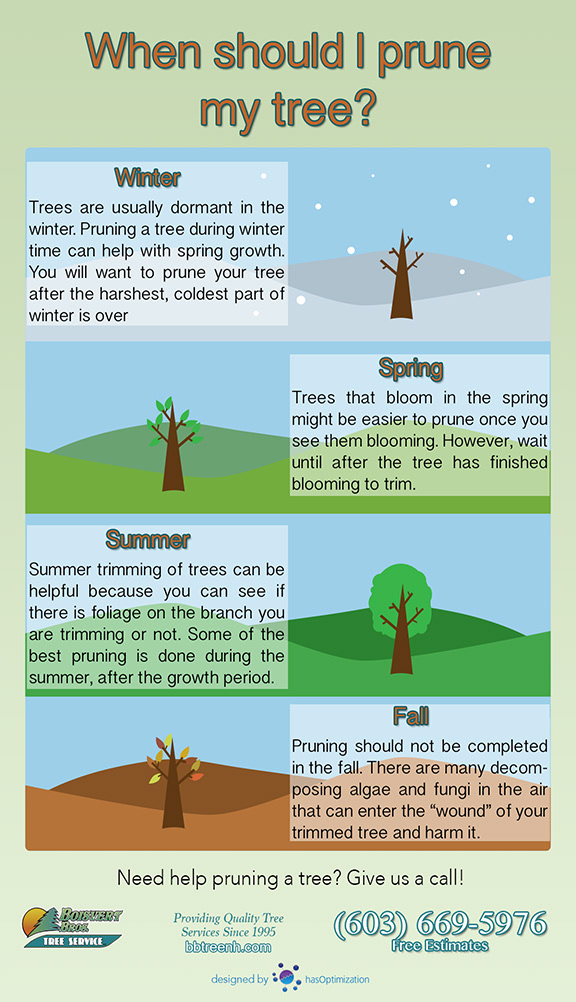When it pertains to producing a landscape that thrives, mastering the art of tree trimming is a must. Envision having the ability to sculpt your trees with accuracy, ensuring their vigor and beauty for several years to find. By learning the necessary strategies for appropriate cuts, timing, and structural training, you hold the trick to a growing outside room that will certainly impress all who encounter it. But how do these pruning methods really affect the wellness of your trees and the overall landscape aesthetic?
Appropriate Trimming Cuts for Tree Wellness
When it involves maintaining the wellness of your trees, making appropriate pruning cuts is essential. Wrong cuts can cause condition, insect invasion, and general tree decrease. To make sure the vitality of your trees, always begin by utilizing sharp, tidy devices to make accurate cuts.
Begin by recognizing the branch collar, an inflamed location where the branch affixes to the trunk. Cutting just outside the collar assists promote appropriate healing and minimizes the threat of infection. Avoid leaving stubs as they can invite pests and diseases right into the tree.
Remember to make cuts at a slight angle, sloping far from the trunk, to prevent water from merging on the wound. In addition, get rid of any kind of dead, harmed, or going across branches to improve air flow and sunshine infiltration.
Timing and Regularity of Trimming
To keep the health and framework of your trees, understanding the optimum timing and frequency of pruning is crucial.
The most effective time to trim trees is commonly during the inactive period in late winter or early spring. Trimming during this period helps promote new growth once the tree begins budding in the springtime.
However, some trees, like spring-flowering ones, are best pruned right after they end up flowering to prevent removing following year's blossom buds.
read what he said is necessary, yet the regularity depends upon the tree types and its growth price. For the majority of trees, an annual assessment to remove dead, diseased, or going across branches is suggested. Youthful trees may need more frequent pruning to establish a solid structure, while fully grown trees may only require maintenance pruning every few years.
Prevent trimming throughout the autumn when illness are a lot more quickly spread out, and refrain from heavy pruning during the summertime when the tree is proactively expanding.
Training Young Trees for Framework
For establishing solid and healthy and balanced trees, training young trees for optimal structure is important. By shaping a tree when it's young, you established the structure for a durable and aesthetically attractive fully grown tree.
Begin by determining the main leader, which is the major upward-growing branch. Urge the central leader's growth by trimming away contending leaders, aiding the tree develop a strong central trunk. Furthermore, eliminate any type of branches that expand inward or downward, as they can create architectural problems as the tree expands.
It is necessary to room out side branches equally around the trunk to advertise balanced growth. As the tree grows, remain to monitor its growth and prune as required to maintain its form and framework.
Effectively trained young trees are less most likely to develop weak crotches or overcrowded branches, minimizing the danger of damage during tornados. Investing time in training young trees will certainly repay with a wonderfully structured and resistant tree in the future.
Verdict
Now that you have actually mastered the crucial strategies of tree trimming, your landscape is on its means to prospering. By using sharp devices, making specific cuts, and effectively timing your pruning sessions, you are making certain the health and wellness and durability of your trees. Remember to routinely inspect and maintain your trees to maintain them thriving. With mouse click the up coming webpage found understanding, your landscape will certainly continue to expand perfectly for several years to come. Maintain weed property management !
